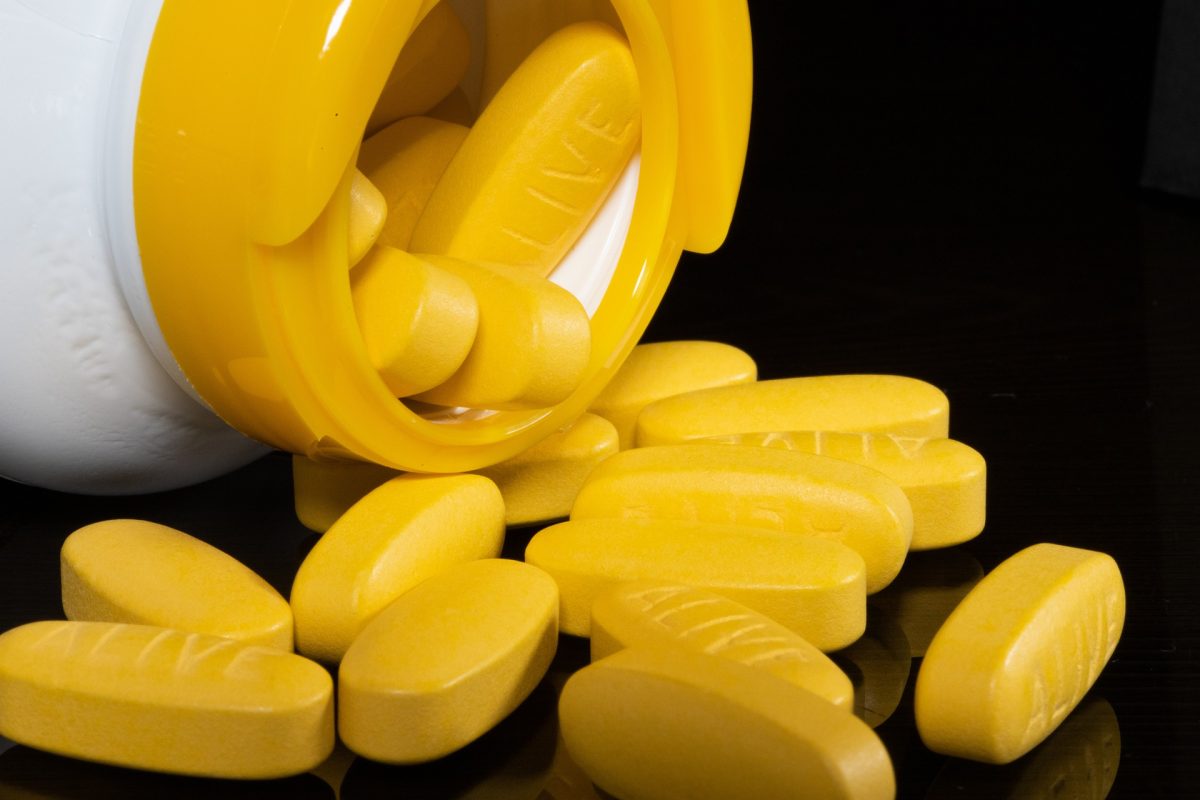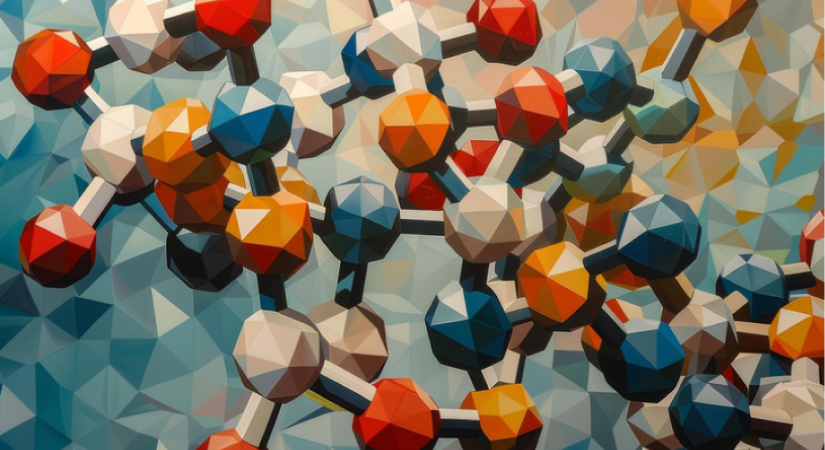by Simantini Singh Deo
7 minutes
The Global Map Of Innovation: Top Hotspots For Injectables & Liquid Filling Manufacturing
Discover leading global regions transforming injectables and liquid filling with technology, scale, and quality.

In the pharmaceutical industry, few segments have witnessed as much innovation, investment, and global expansion in recent years as injectables and liquid filling. The demand for precision, sterility, and scalability has driven manufacturers to seek strategic locations where technology, talent, and regulatory support converge.
From sterile drug production to advanced biologics, the injectable segment has become a defining force shaping global pharmaceutical competitiveness. As the market grows more specialized with prefilled syringes, lyophilized formulations, and biologic injectables gaining traction, understanding where the world’s manufacturing powerhouses are emerging is key.
Here Are The Top Global Hotspots In Injectables & Liquid Filling!
1. Europe: The Center Of Aseptic Excellence
Europe remains one of the most mature and technically advanced regions for injectables and liquid filling. Countries like Germany, Switzerland, and Italy lead with cutting-edge aseptic technologies, automation systems, and strong regulatory frameworks aligned with EMA and Annex 1 standards. Germany is home to a dense ecosystem of contract development and manufacturing organizations (CDMOs) that specialize in sterile injectable production, such as Vetter Pharma and Fresenius Kabi.
Switzerland, with its strong pharmaceutical infrastructure and proximity to regulatory hubs, has become a global leader in high-value biologics and parenteral drugs. Meanwhile, Italy’s Parma and Lombardy regions have emerged as hubs for fill-finish operations, housing both domestic players and multinational partners. European facilities excel in precision engineering and regulatory readiness—two factors that continue to make the region a preferred destination for global partnerships in sterile manufacturing.
2. United States: The Innovation Powerhouse
The U.S. stands as a driving force in injectable manufacturing, particularly in biologics and advanced drug delivery systems. The country’s “biopharma corridor—stretching from Massachusetts to North Carolina and California” hosts some of the world’s most sophisticated fill-finish facilities. Companies like Catalent, Baxter, and Pfizer have continued to expand their capabilities in prefilled syringe technology, lyophilization, and single-use filling systems. The U.S. FDA’s emphasis on innovation and quality-by-design (QbD) has fueled continuous improvement in aseptic processes.
Moreover, government initiatives and venture funding have accelerated investments in cell and gene therapy injectables, driving demand for flexible and modular fill-finish systems. Contract manufacturers in the U.S. are also rapidly embracing automation, robotics, and artificial intelligence to minimize human intervention, enhance sterility assurance, and ensure batch-to-batch consistency. The region’s dominance is sustained not only by scale but by its ability to integrate research, technology, and regulatory compliance seamlessly.
3. India: The Fastest-Growing Sterile Manufacturing Hub
India has rapidly evolved into one of the fastest-growing global hotspots for injectables and liquid filling, driven by its cost competitiveness, expanding regulatory compliance, and skilled manufacturing base. Major hubs such as Hyderabad, Ahmedabad, and Pune are home to state-of-the-art injectable facilities catering to both domestic and export markets. Indian pharma companies like Sun Pharma, Aurobindo, and Gland Pharma have significantly expanded their injectable portfolios covering oncology, biologics, and sterile antibiotics while contract manufacturers have strengthened their global partnerships.
India’s regulatory landscape, guided by CDSCO and aligned increasingly with WHO-GMP and PIC/S standards, has boosted international trust in its sterile manufacturing capabilities. Additionally, the government’s “Make in India” initiative and focus on pharmaceutical infrastructure are encouraging the setup of new aseptic units and technology upgrades. The integration of automation, isolator-based systems, and single-use technologies in Indian plants demonstrates how the country is moving from volume-based production to high-value, compliance-driven manufacturing.
4. China: Rising Power In High-Volume Injectable Production
China’s pharmaceutical landscape has undergone a major transformation, with injectable production becoming a key strategic focus. The country is investing heavily in sterile fill-finish infrastructure to serve both domestic healthcare needs and global exports. Regions like Shanghai, Suzhou, and Guangzhou have emerged as manufacturing clusters where state-owned and private firms alike are building high-capacity aseptic facilities. China’s push toward innovation in biologics and biosimilars is also driving investment in prefilled syringe and vial filling technologies.
Companies are adopting isolator-based production lines and digital monitoring systems to meet international regulatory expectations. Moreover, partnerships between Chinese CDMOs and Western pharmaceutical firms are facilitating knowledge transfer and accelerating quality upgrades. While challenges remain, particularly around validation and documentation, China’s rapid progress positions it as a competitive player in the global injectable manufacturing ecosystem.
5. Southeast Asia: Emerging Destinations For Contract Manufacturing
Southeast Asia is fast becoming a strategic extension of global supply chains for injectables, with countries such as Singapore, Indonesia, and Vietnam attracting investments from multinational firms. Singapore leads the region with advanced biologics facilities and strong regulatory oversight from the Health Sciences Authority (HSA). It hosts global players like Lonza and Thermo Fisher Scientific, offering integrated solutions from formulation to fill-finish. Indonesia and Vietnam, on the other hand, are developing regional hubs focused on affordability and capacity expansion.
Supported by government incentives and free trade zones, these countries offer an ideal mix of cost efficiency and strategic geographic access to Asia-Pacific markets. As pharmaceutical supply chains diversify post-pandemic, Southeast Asia’s role in sterile manufacturing and fill-finish outsourcing continues to strengthen, supported by growing technical capabilities and regulatory modernization.
6. Japan And South Korea: Precision And Innovation At Scale
Japan and South Korea are recognized for their meticulous approach to sterile production, combining precision manufacturing with innovation in drug delivery systems. Japan’s pharmaceutical industry continues to invest in advanced filling technologies for biologics, vaccines, and gene therapies. The country’s strict regulatory standards under the Pharmaceuticals and Medical Devices Agency (PMDA) ensure exceptional sterility assurance levels.
South Korea, meanwhile, is rapidly scaling up its biopharma infrastructure. Companies like Samsung Biologics and SK Bioscience are setting new global benchmarks in large-scale aseptic filling of biologics and vaccines. Their emphasis on digitalization, process analytics, and robotics-driven fill-finish systems is making Korea one of the most efficient production ecosystems in Asia. Together, Japan and South Korea represent the epitome of high-quality, innovation-led injectable manufacturing.
7. The Middle East: A Rising Player In Regional Sterile Supply
The Middle East, though still emerging in comparison to traditional hubs, is making strategic strides in injectables manufacturing. Countries like Saudi Arabia and the United Arab Emirates (UAE) are investing in sterile facilities to enhance pharmaceutical self-reliance and reduce import dependency. Government-backed initiatives such as Vision 2030 in Saudi Arabia are accelerating local production capabilities.
Meanwhile, partnerships with global CDMOs and European technology providers are helping the region adopt GMP-compliant cleanroom and aseptic technologies. The Middle East’s proximity to Africa and Europe positions it as a logistical bridge for regional injectable supply chains. Over the coming years, this region is expected to play a growing role in producing critical sterile formulations, particularly vaccines and emergency injectables.
Trends Driving Global Growth In Injectables And Liquid Filling
Several key trends are shaping the global injectable manufacturing landscape. First, the shift toward biologics, biosimilars, and personalized medicines is driving demand for high-precision, small-batch fill-finish operations. Second, prefilled syringes, dual-chamber systems, and auto-injectors are gaining traction as patient-centric drug delivery systems.
Third, the adoption of single-use technologies and closed-system transfer devices is enhancing contamination control while improving operational flexibility. Additionally, automation, robotics, and in-line monitoring are helping facilities achieve higher productivity and sterility assurance. These advancements, coupled with data-driven quality systems, are ensuring compliance with Annex 1, FDA aseptic guidance, and ISO standards worldwide.
Best Methods For Choosing A Manufacturing Hotspot
Selecting the right location for injectable production requires a strategic evaluation of multiple factors. First, regulatory alignment is critical, regions with strong GMP oversight and inspection histories offer greater long-term reliability. Second, technical expertise and infrastructure play a decisive role; access to cleanroom technology, trained personnel, and process analytics can make or break project success.
Third, logistical efficiency and proximity to key markets determine the supply chain’s resilience. Additionally, companies should consider government incentives, intellectual property protection, and sustainability goals when investing in new sterile facilities. Ultimately, a successful location combines regulatory trust, skilled workforce availability, technological advancement, and cost efficiency.
The Future Of Global Injectable Manufacturing
The future of injectable and liquid filling manufacturing is defined by digitalization, flexibility, and sustainability. Facilities worldwide are moving toward modular cleanroom systems, robotics-assisted filling lines, and real-time data monitoring.
These innovations not only enhance sterility and compliance but also optimize cost and resource use. Moreover, collaboration between CDMOs, technology providers, and pharmaceutical innovators is fostering a global ecosystem that prioritizes quality and speed to market.
Emerging economies, especially in Asia and the Middle East, will continue to grow in prominence, while established hubs in Europe and the U.S. will lead in high-value biologics and advanced therapy injectables. In essence, the injectable industry’s future will belong to regions that can balance compliance with agility, and technology with human expertise.
In Conclusion
As the world’s demand for sterile, high-quality injectable products continues to rise, the map of global manufacturing is being redrawn. From Europe’s aseptic excellence to India’s expanding capacity and China’s technological surge, every hotspot tells a story of innovation and adaptation. The future of injectables and liquid filling lies not in a single region but in a global network of facilities that uphold quality, precision, and patient safety as universal standards. For pharmaceutical companies, understanding these hotspots is more than strategic—it’s essential to staying competitive in a market where sterility is not just a requirement, but a commitment.
FAQs
1. What Makes Injectables And Liquid Filling Such An Important Part Of The Pharmaceutical Industry?
Injectables and liquid filling are vital because they deliver medicines directly into the body, ensuring fast and effective results. These products must be made in sterile, controlled environments to guarantee patient safety and consistent quality. As demand for vaccines, biologics, and advanced therapies grows, this segment continues to see major innovation and global expansion.
2. Which Countries Are Leading Hotspots For Injectable And Liquid Filling Manufacturing?
The major global hotspots for injectables and liquid filling manufacturing include Europe (Germany, Switzerland, Italy), the United States, India, China, Southeast Asia (Singapore, Indonesia, Vietnam), Japan, South Korea, and the Middle East. These regions have established strong ecosystems of technology, regulatory compliance, and skilled expertise that support high-quality sterile drug production.
3. What Factors Should Companies Consider When Choosing A Manufacturing Hotspot For Injectables?
When selecting a manufacturing location for injectables, companies should assess several factors: regulatory alignment with global standards (such as EMA, FDA, and WHO-GMP), technical infrastructure, skilled workforce availability, logistical access to key markets, and government incentives. Additionally, emphasis should be placed on regions that support innovation in automation, aseptic technology, and sustainability to ensure long-term competitiveness.




